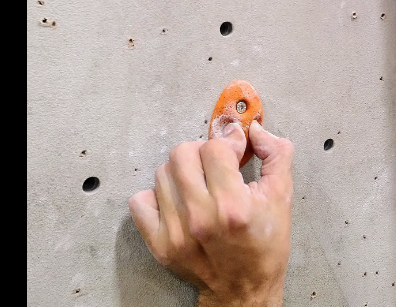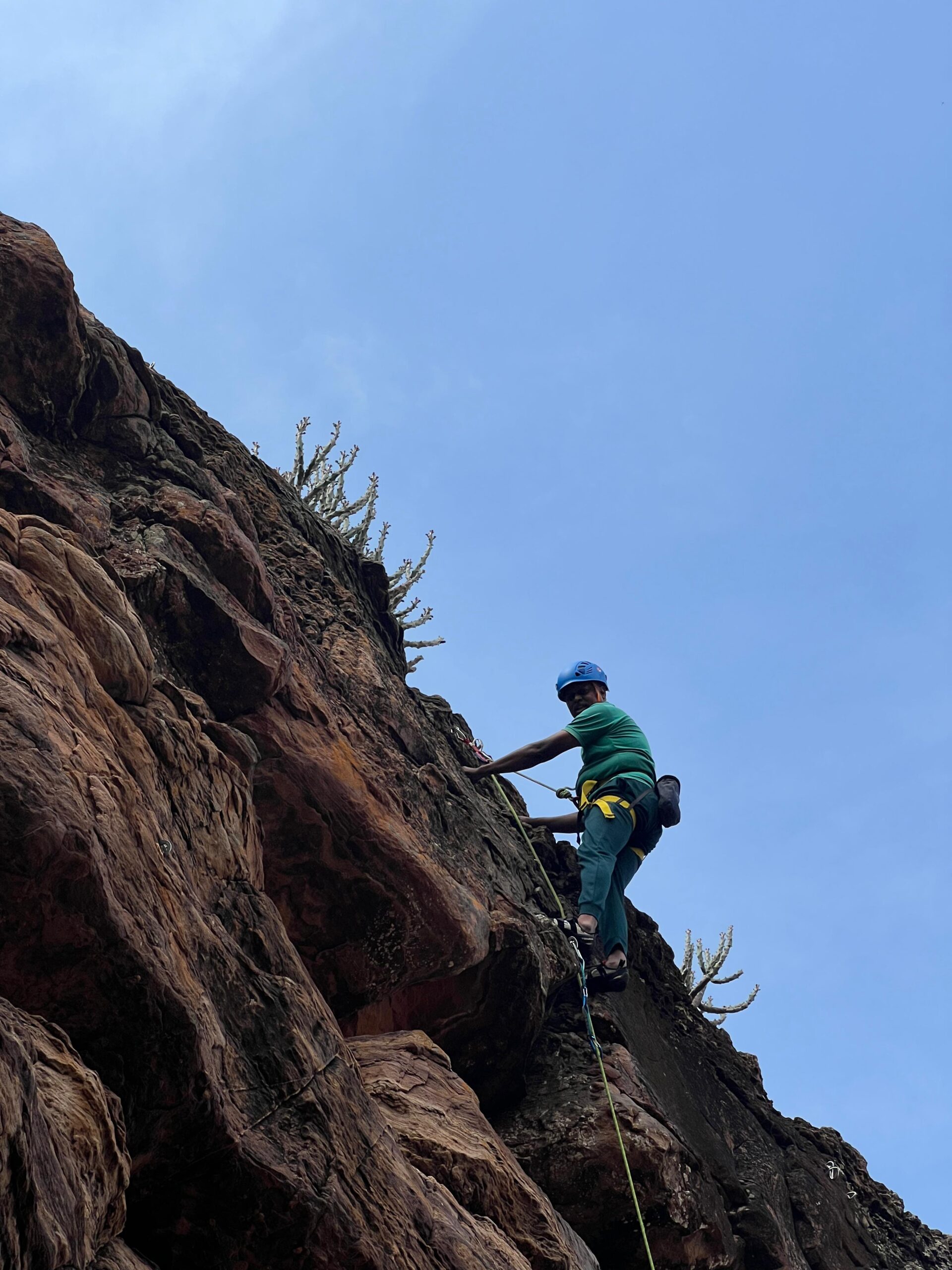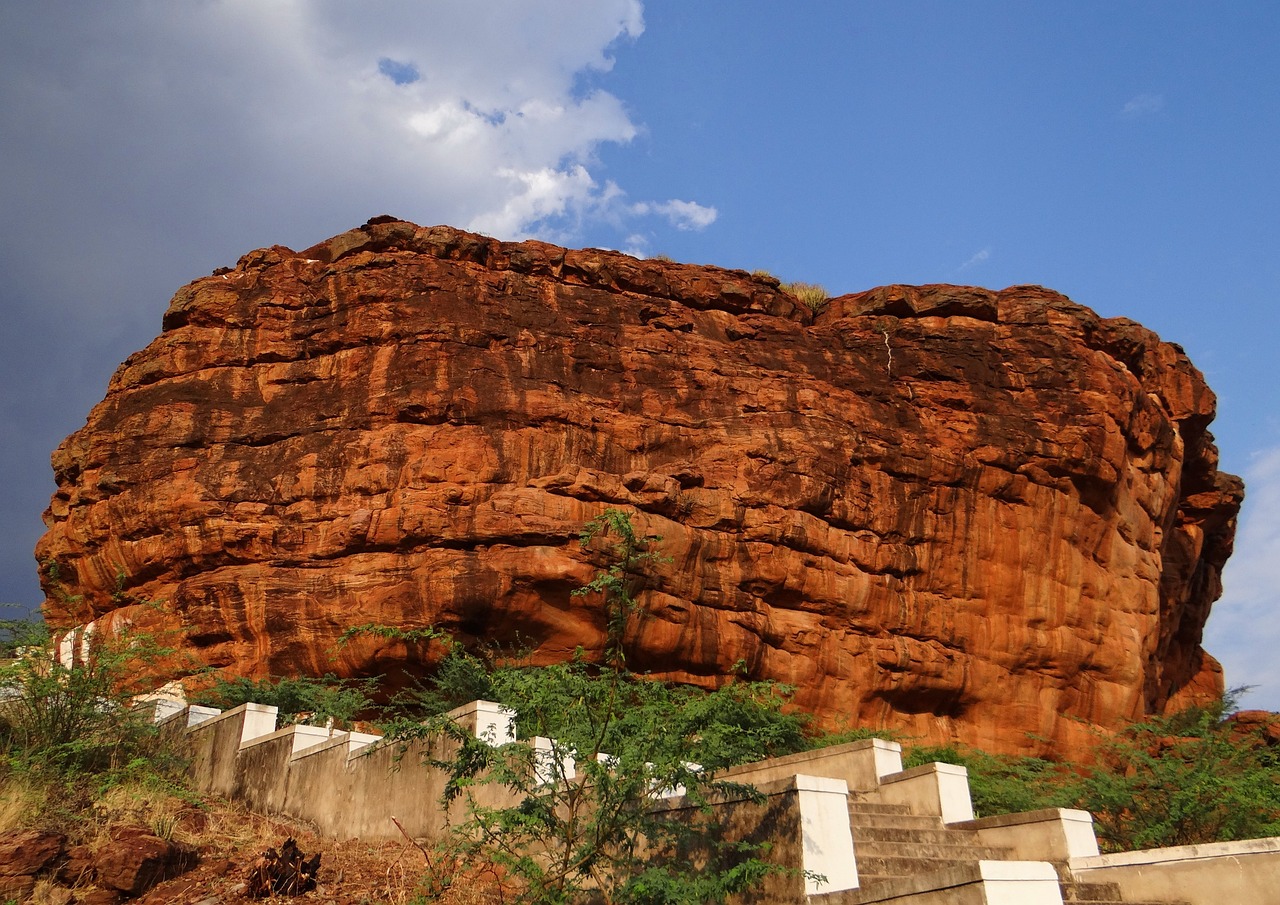Rock Climbing Holds How to Use them
Rock climbing holds are the foundational features on Rocks& climbing walls, offering various shapes and textures to practice different techniques and build strength. Here’s a guide on the types of holds and how to use each effectively:
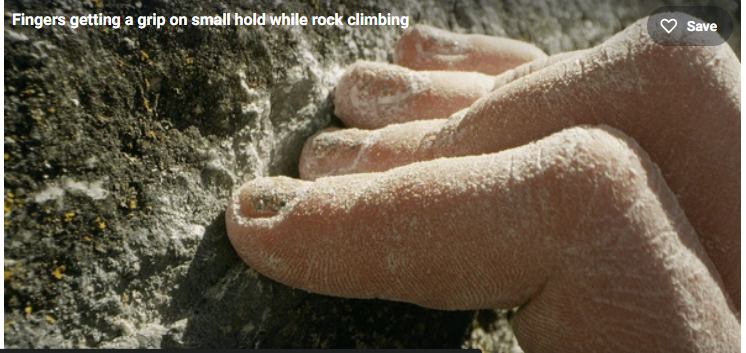
Deferent Types of Climbing Holds
Types of Climbing Holds are
- Jugs: Jugs are large, deep climbing holds that provide an easy, secure grip for the entire hand. Commonly found on beginner routes, these holds are ideal for resting or when extra strength and stability are required
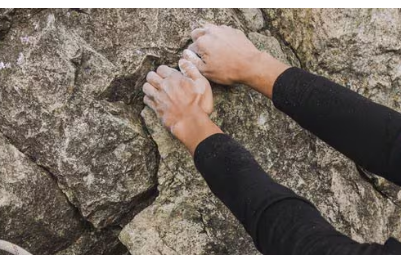
- Crimps: Crimps are small, flat climbing holds that require significant finger strength. These climbing holds are designed to be gripped using only your fingertips, making them challenging and demanding a firm, controlled grip. Be cautious when using crimp holds, as excessive force can lead to finger strain or injury.
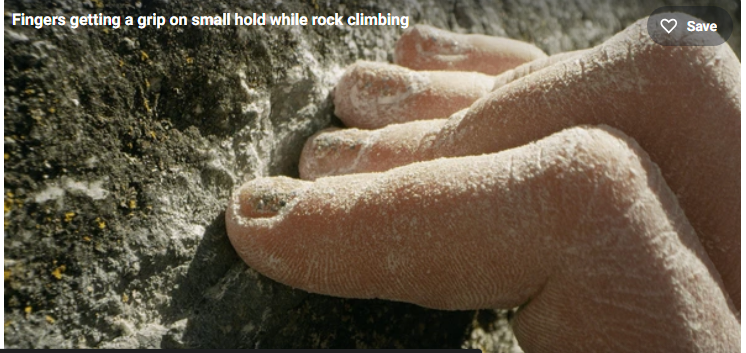
- Slopers: Rounded holds that lack edges, relying on open-hand friction. Approach slopers with an open palm, applying pressure to increase grip, and position your body to maintain balanceBody positioning is essential: Keep your weight aligned to counter the direction of your pull, aim for a low center of gravity, and maintain tension in your body to stay balanced as you make each move. Look for features that offer additional grip, like dimples or small bulges. Once you’re positioned, press your entire hand against the hold to maximize friction, and keep it steady as you transition to the next hold.

Undercling(Undercut)
Undercling Hold (Undercut): An undercling hold is a climbing hold that you grip from underneath, pulling upwards to create tension. Instead of pulling down as with most holds, you push up and away, making underclings useful for maintaining control on overhangs and vertical routes. To use an undercling effectively, keep your body close to the wall, engage your core, and use your feet to push up, countering the hold’s direction. This type of hold requires strong body tension and a secure grip, as well as good foot placement to stay balanced while pulling up.

Flake
A flake is a section of rock that has separated slightly from the main wall, creating a narrow gap between the flake and the larger rock face. You can sometimes jam your hands or fingers into the crack like a traditional crack hold, but it’s often easier to wrap your hands around the flake and apply a layback technique, using the edge for leverage.

- .Pinches: Narrow holds that require you to “pinch” with your thumb and fingers. Squeezing with a combination of fingers and thumb is essential, and forearm strength plays a major role.Body positioning is essential: Keep your weight aligned to counter the direction of your pull, aim for a low center of gravity, and maintain tension in your body to stay balanced as you make each move. Look for features that offer additional grip, like dimples or small bulges. Once you’re positioned, press your entire hand against the hold to maximize friction, and keep it steady as you transition to the next hold.
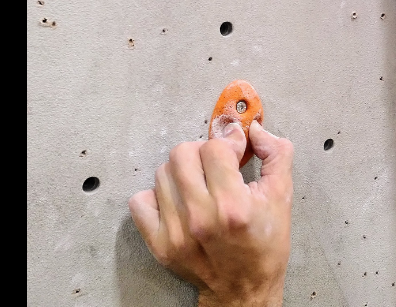
- Pockets are holes in the rock that can range from tiny, only fitting a single finger, to large enough for your whole hand. Your middle finger is typically the strongest, so use it when space is limited to one or two fingers.
- Since pockets can handle nearly any direction of pull, you have flexibility in your technique. However, be cautious not to overstrain your finger tendons when using them.

Horn
Horns are rock protrusions that you can grip from behind, making them excellent holds due to their secure, easy-to-grip shape. In some cases, you can even loop a sling around them for added protection.
Remember, safety is your responsibility. No article or video can replace hands-on instruction and experience. Always ensure you follow proper climbing techniques and safety practices before attempting a climb.

Using Climbing Holds Effectively
- Body Positioning: Keep your body close to the wall, which helps distribute your weight more evenly and reduce strain on your arms.
- Footwork: Good foot placement is crucial to take pressure off your arms. Use the balls of your feet and be precise in each step.
- Grip Technique: Different holds require different hand positions. For example, on crimps, keep your fingers slightly bent, whereas for jugs, your whole hand should wrap around.
- Engage Core Muscles: A strong core helps control your body, balance, and reduces strain on your limbs.
- Practice “Silent Feet”: Try placing your feet on holds quietly, which encourages precision and control.
Tips for Practice and Improvement
- Warm Up: Always warm up your fingers, wrists, and shoulders before climbing.
- Use Your Legs: Avoid relying too heavily on your arms; your legs are stronger and will help keep you from tiring quickly.
- Route Reading: Before starting, observe the route and plan your movements, identifying which holds you’ll need to use and which body positions will work best.
By focusing on these techniques, you’ll be able to use different holds more effectively, reduce injury risk, and climb more confidently.
